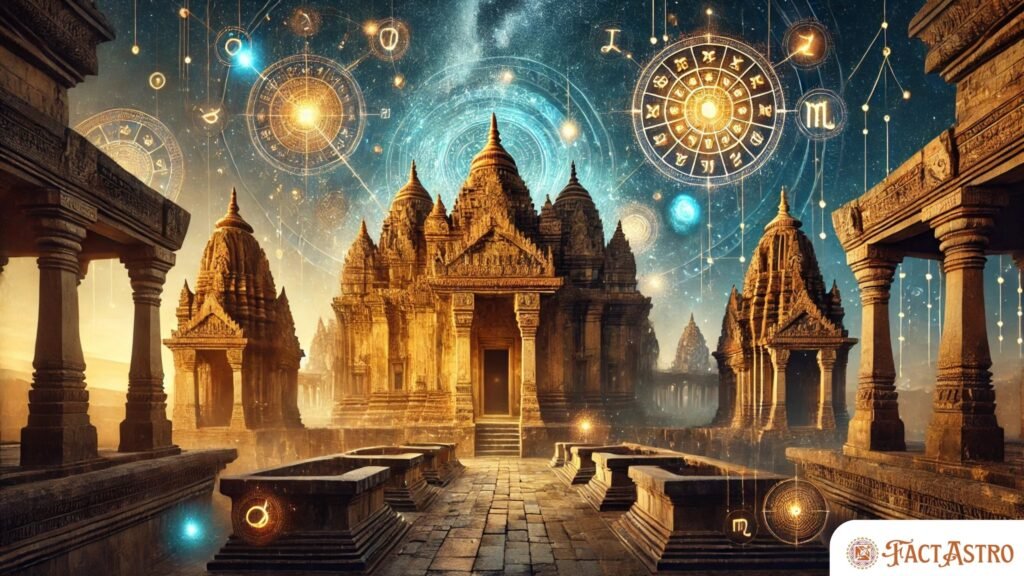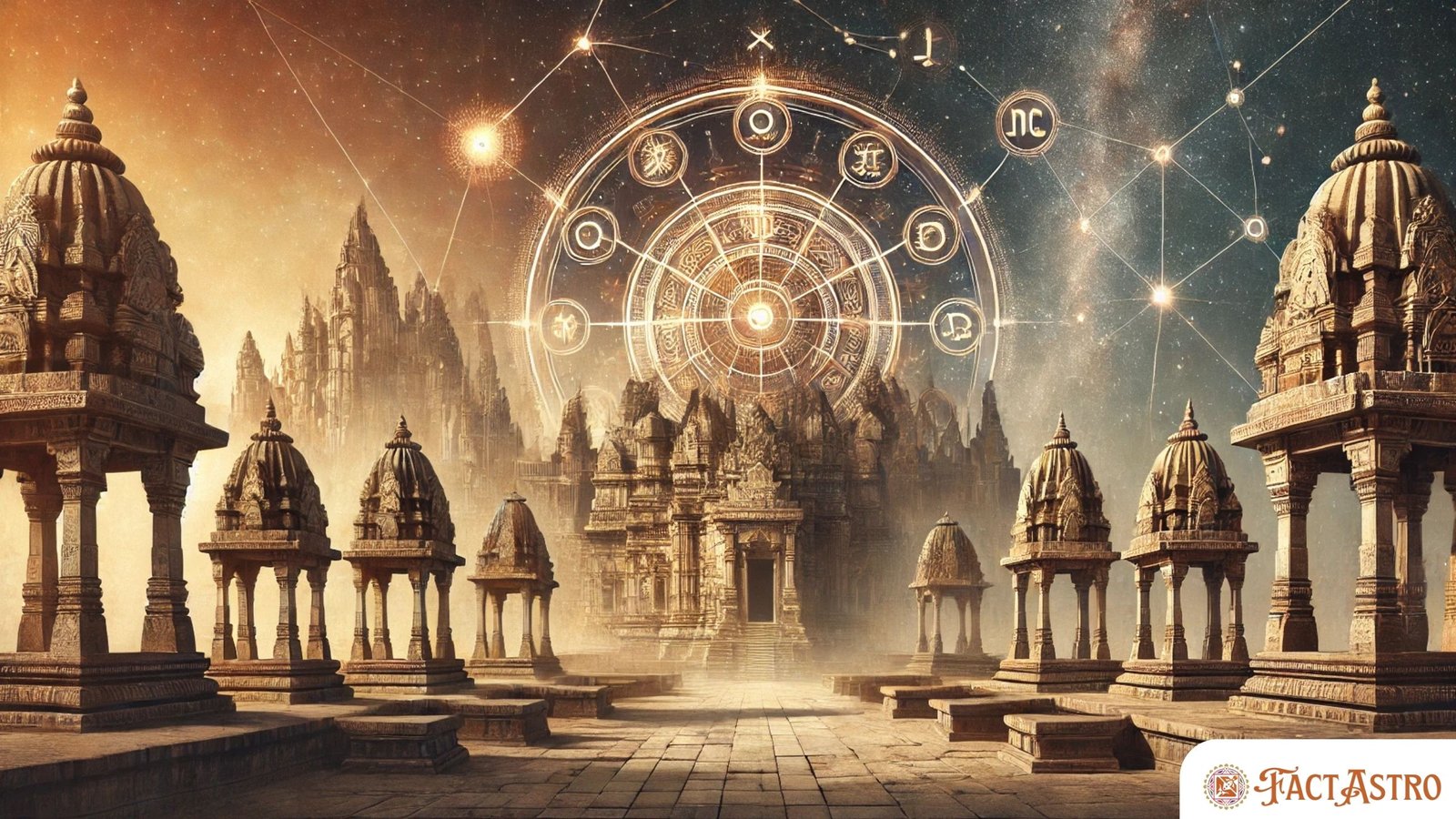look here the astrological secrets hidden in ancient temples and monuments. Unveil the connection between celestial alignments and historical architecture, revealing timeless mysteries.”
Ancient temples and monuments have long been a source of awe and wonder, not only for their architectural grandeur but also for the secrets they hold. Among these mysteries lies a fascinating connection to astrology—an ancient science that has influenced civilizations for centuries.
Astrology has played a significant role in shaping human history, influencing everything from cultural practices to architectural marvels. Ancient temples and monuments around the world often showcase a profound connection to celestial events and astrological principles.
These structures were not merely places of worship or commemoration; they were designed with a deep understanding of the cosmos.
Table of Contents
This article delves into the astrological significance of ancient sites, examining how their design, orientation, and symbolism reflect the celestial knowledge of the time. By exploring key examples from various cultures, we uncover how astrology guided their construction, revealing the profound relationship between human endeavors and the universe.
Astrological Secrets Hidden in Ancient Temples and Monuments
Astrology has always been a fascinating subject for humanity, connecting the celestial movements to our earthly lives. Throughout history, ancient civilizations have integrated their knowledge of the stars and planets into their daily lives, and nowhere is this more evident than in the temples and monuments they built.

These structures were not just places of worship or gathering; they were sophisticated observatories and repositories of astrological wisdom. Let’s explore some of the secrets hidden in these ancient wonders.
Temples as Astronomical Instruments
In many ancient cultures, temples were built to align with specific celestial events. For example, the ancient Egyptians constructed the Great Pyramid of Giza with a precise alignment to the stars. The pyramid’s shafts point directly to specific constellations, such as Orion, which was associated with Osiris, the god of the afterlife. This alignment reflects the Egyptians’ belief in the cosmic order and their desire to connect their earthly existence with the heavens.
Similarly, in India, the Sun Temple at Konark was designed to pay homage to the Sun God. The temple’s architecture is a marvel, with intricate carvings depicting the movement of the sun throughout the day. The wheels of the temple also function as sundials, showcasing the advanced understanding of astronomy in ancient India.
The Role of Zodiacs in Temples
Zodiac signs have been a key element of astrology, and their depiction in ancient monuments provides valuable insights into how different civilizations viewed the cosmos. In the Dendera Temple complex in Egypt, the ceiling of the Hathor Temple features a stunning zodiac map. This ancient zodiac chart not only reveals the Egyptians’ knowledge of astrology but also shows how they used it to guide their religious practices and agricultural cycles.
In India, the Brihadeeswarar Temple in Tamil Nadu showcases sculptures of the twelve zodiac signs. These carvings are not merely decorative; they signify the temple’s role in connecting human life with cosmic forces. Visitors to the temple can still marvel at how the ancients integrated astrology into their spiritual and daily lives.
Ancient Monuments and Eclipses
Eclipses were significant celestial events for ancient civilizations, often seen as omens or messages from the gods. Stonehenge in England is one of the most famous monuments associated with eclipses and solstices. The arrangement of its massive stones aligns with the sun’s position during the summer and winter solstices, demonstrating a sophisticated understanding of celestial mechanics.
In South America, the ancient city of Machu Picchu also shows evidence of astrological significance. The Intihuatana Stone, often called the “Hitching Post of the Sun,” was used by the Inca civilization to mark the solstices. These alignments helped them plan agricultural activities and religious ceremonies.
Sacred Geometry and Astrology
Many ancient temples and monuments incorporate sacred geometry, which is closely linked to astrological principles. The intricate patterns and proportions of these structures often reflect cosmic harmony. For instance, the Angkor Wat temple complex in Cambodia is not only a masterpiece of architecture but also a celestial calendar. The temple’s layout mirrors the positions of the planets and stars, and its towers align with the solstices and equinoxes.
In Greece, the Parthenon’s design is said to incorporate the Golden Ratio, a mathematical principle believed to represent divine proportion. This ratio is also found in nature and the cosmos, further connecting the structure to astrological beliefs.
Festivals and Celestial Alignments
Many ancient temples were built to align with specific celestial events, such as solstices, equinoxes, and planetary conjunctions. These alignments were often the focus of grand festivals and ceremonies. At Chichen Itza in Mexico, the pyramid of El Castillo creates a shadow that resembles a serpent slithering down its steps during the spring and autumn equinoxes. This event symbolized the connection between the earthly and celestial realms.
In India, the Meenakshi Temple in Madurai celebrates the celestial wedding of the deities Meenakshi and Sundareswarar during the Chithirai festival. The temple’s architecture and rituals are deeply tied to astrological timings, showcasing how the ancients synchronized their celebrations with the movements of the stars.
Preserving Astrological Wisdom
The knowledge encoded in ancient temples and monuments is not just a testament to the ingenuity of our ancestors but also a reminder of the deep connection between humanity and the cosmos. These structures continue to inspire awe and curiosity, inviting us to explore the mysteries of the universe.
In today’s world, where science and technology dominate, revisiting the astrological secrets of ancient temples can offer a fresh perspective on how our ancestors understood the universe. These monuments stand as silent witnesses to a time when astrology was not just a study of the stars but a way of life.
Conclusion
Ancient temples and monuments are more than just architectural wonders; they are profound expressions of humanity’s quest to understand its place in the cosmos. Through their alignments, carvings, and rituals, these structures reveal the astrological knowledge and spiritual wisdom of our ancestors. As we uncover these secrets, we gain a deeper appreciation for the remarkable achievements of ancient civilizations and their enduring connection to the stars.








